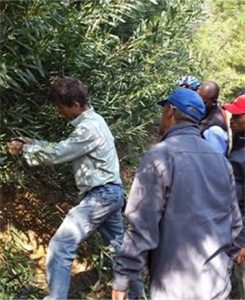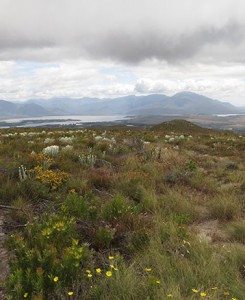Alien Plants in South Africa
Alien vegetation refers to plants that are not native in a country and have been brought into a country from another. The Department of Environmental Affairs in South Africa describes invading alien plants as the biggest threat to plant and animal biodiversity. The impact, however, goes further than harming just the environment. It also has huge economic implications with an estimated R600 million cost per year to clear the over 10 million hectares of land in South Afrca. For more stats on alien plant invasions in South Africa have a look here.
The most threatening alien plants in the Western Cape according to Cape Nature are:
- Rooikrans
- Black Wattle
- Port Jackson
- Silky hakea
- Long-leafed wattle
- Stinkbean
- Australian Myrtle
- Spider gum
- Cluster pine
- Blackwood
The impact of alien plants
You might wonder why alien plants are so bad as generally we think the more plants the better, but this is not the case. The Department of Environmental Affairs list the following problems alien plants can cause:
- Use up precious water
- Take up favourable spaces were indigenous plants could have grown
- Reduce our ability to farm
- Intensify flooding and fires
- Cause erosion
- Destruction of rivers
- Siltation of dams and estuaries
- Poor water quality
- Lead to extinction of indigenous plants and animals
In the Western Cape alien vegetation also holds serious threats to the fynbos. Although fire is good for fynbos (read our previous post about this here), some alien trees are very flammable and cause frequent and very hot fires (Sanparks).
The task of managing alien vegetation lies mainly with landowners. Here is a list of alien invasive plants in South Africa.
Also have a look at these alien vegetation management guidelines, and have a look at the Department of Water & Forestry’s go-to-guide on cleaning invasive alien plants here.

